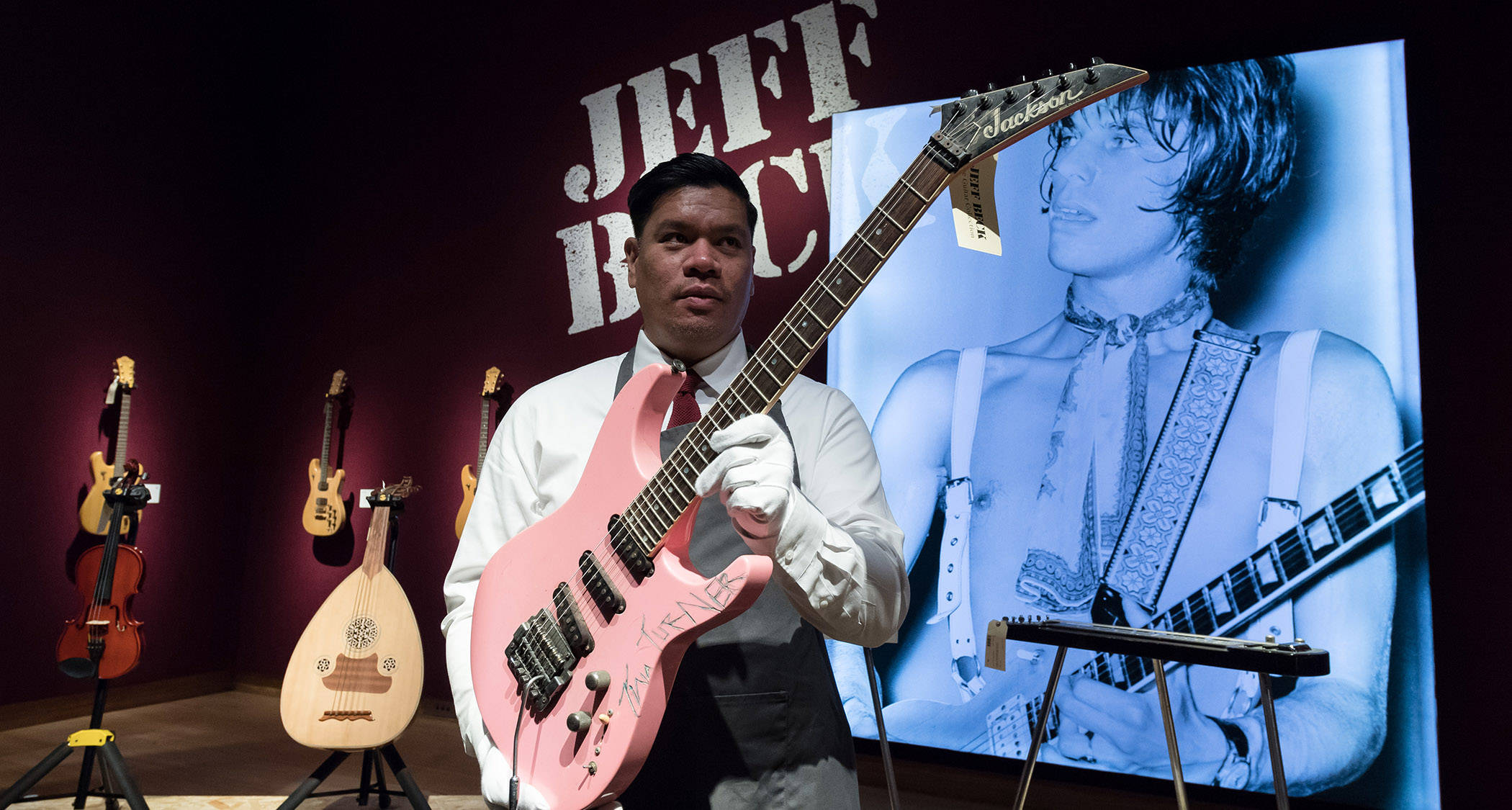“When it comes to heavy rock, the definitive icon always has been RG”: How Ibanez raised the bar for high-performance electric guitar with the RG
With its quick Wizard neck and super-stable Edge tremolo, the RG arrived in '87 to deliver speed and the promise of the spectacular – and decades on, it remains the go-to electric for virtuosos and shred radicals
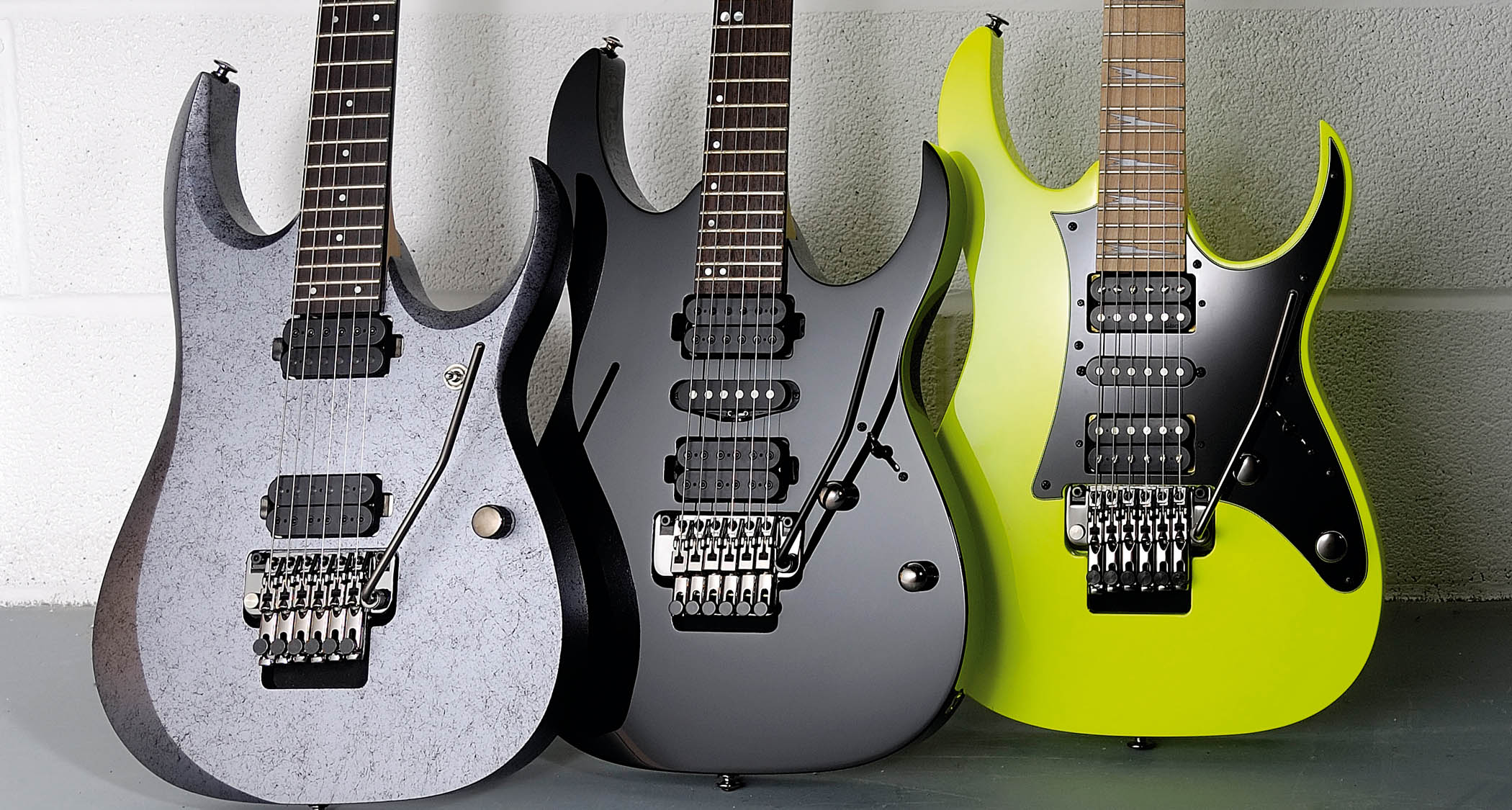
Any player who wants speed and performance from their electric guitar would do well to try out the Ibanez RG, but then chances are that they already have.
Launched in ’87 amid the rising tide of technical six-string wizardry, the RG was the big one. Alongside its high-end sibling, Steve Vai’s now iconic signature guitar, the JEM, it made Ibanez a top-tier brand for the shredder at arms, and it proved to be a best-seller, turning the fortunes of the Japanese brand around.
“The ‘80s was the time of shred, but before JEM and RG, Ibanez was experiencing a very tough time,” says Ibanez. “In late 1986, when Steve Vai was touring with David Lee Roth, he announced that he was open to work with a guitar company. Ibanez jumped onto the opportunity, and won the competition, which led to the debut of JEM at Chicago NAMM in 1987, and [the] RG.”
Ibanez did not enjoy first-mover advantage for high-performance electrics. Vai’s groundbreaking JEM brought the company much needed exposure and more importantly announced to the world that Ibanez was going to up the ante and go toe to toe with its California competition.

The more affordable RG did not have the Monkey Grip, the ‘Tree of Life’ fretboard inlay, nor the Lion’s Claw tremolo cavity, but it did share much of the JEM’s DNA. It had the ergonomic body shape – this sharper, sleeker S-style – and that super-cool headstock, plus the HSH pickup configuration. And in the RG’s über-svelte neck profile and next-generation take on the Floyd Rose double-locking vibrato, Ibanez had found its USP.
“As with most other Ibanez gear, it was a team effort,” says Ibanez. “Our US team came up with the basic design of JEM, which became the platform of RG, and our Japan team designed the Wizard neck – the thinnest neck in the world.”
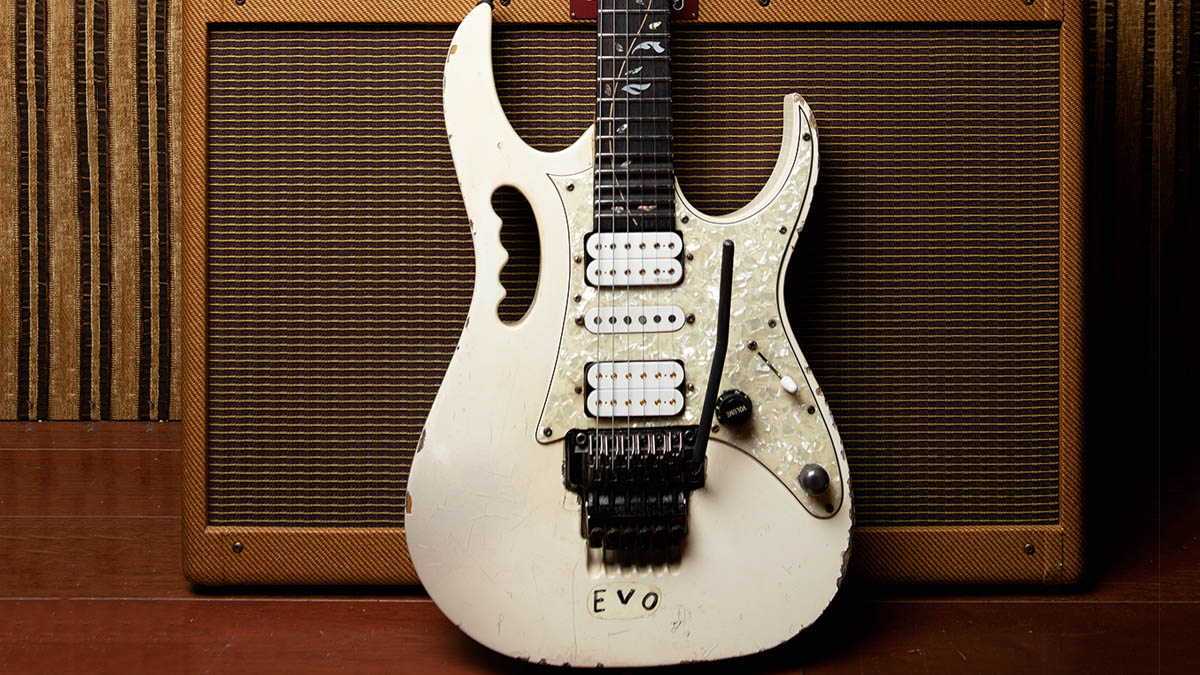
The Wizard neck and the Edge tremolo would become Ibanez calling cards for years to come, evolving but retaining the design elements that made them so appealing to players in the first place. “The RG, with its even thinner neck than the JEM, and Edge tremolo, it matched the demand from shredders perfectly,” says Ibanez.
All the latest guitar news, interviews, lessons, reviews, deals and more, direct to your inbox!
Having the RG series replace the Roadster was like trading in the station wagon for a Lamborghini. To extend the analogy, the RG took the handbrake off – for players, for Ibanez, and for guitar design itself.
The RG’s Wizard neck, which with few exceptions is bolted to the body, debuted with a 17mm depth at the 1st fret, 20mm at the 12th, and its satin-smooth maple offering friction-free gliding for the fretting hand.
Necks don’t get any quicker, and in the Edge tremolo, the double-locking vibrato doesn’t get any more stable and adjustable. Developed in partnership with Japanese hardware specialists Gotoh, the Edge looked to do the impossible – improving upon the perfect.
Gotoh’s craftsmanship was the vital factor for the birth of the Edge, which we believe is still one of the best tremolo systems out there
“In mid to late ‘80s shred time, the double locking tremolo system was a must feature, and practically, Floyd Rose was the only choice out there,” says Ibanez. “The Floyd was perfect in many ways. Ibanez decided to make a tremolo system, using Floyd’s license, but a better one.
“Together with Gotoh, Ibanez came up with the Edge tremolo, boasting the stud locks for added tuning stability and the knife edge for smooth movement of the system. Definitely, Gotoh’s craftsmanship was the vital factor for the birth of the Edge, which we believe is still one of the best tremolo systems out there.”
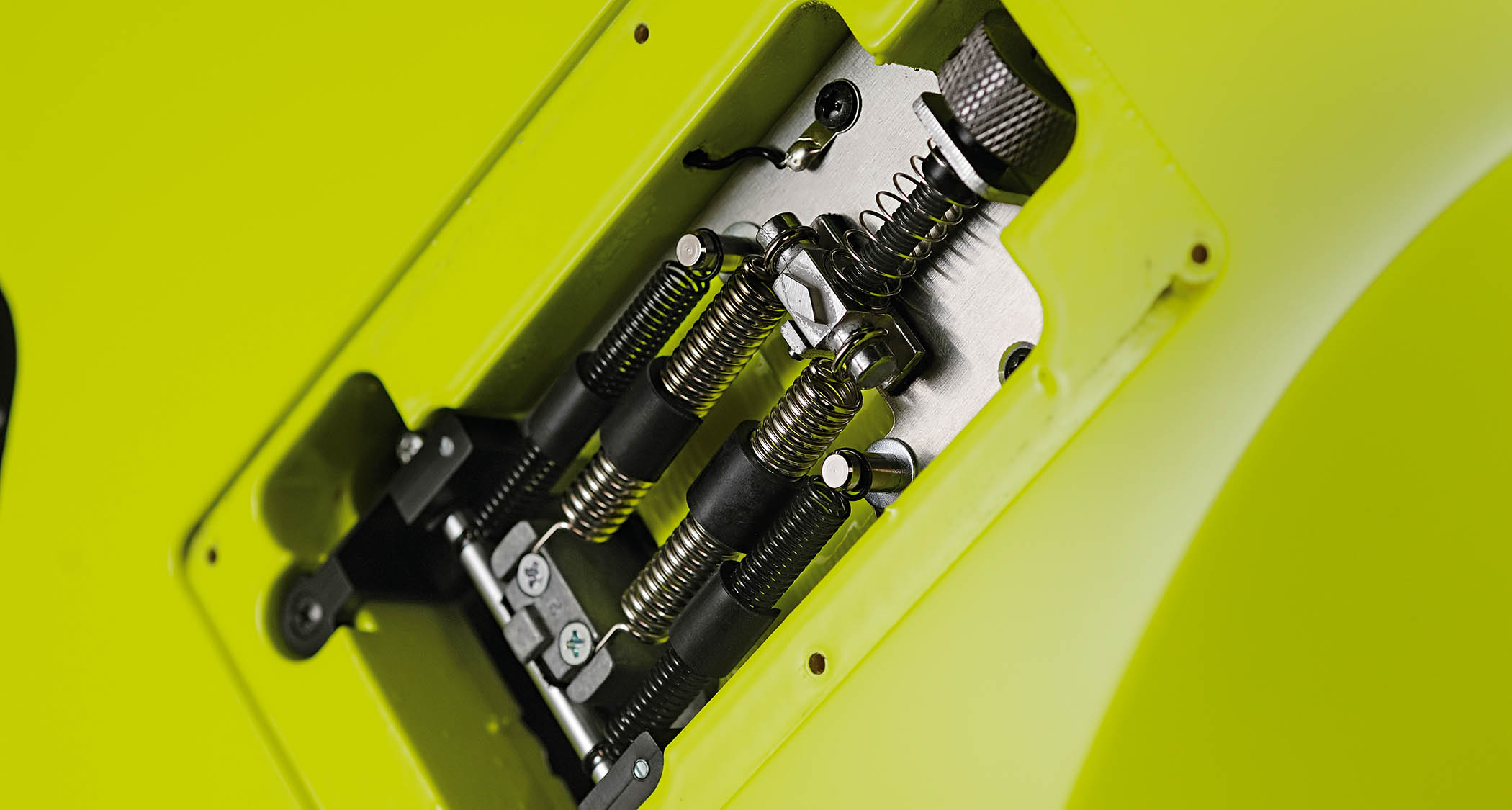
Ibanez’s partnerships with DiMarzio similarly yielded dramatic results, with a set of custom-wound pickups and five-way switching that promised a panorama of tones, from metal and hard rock to fusion, blues and funk.
Over the years, the RG’s pickup options have expanded; you’ll find RGs with Bare Knuckle pickups, Fishman Fluence humbuckers, active EMGs. The RG has been interpreted as seven, eight and nine-string guitars. Ibanez has offered the RG with multi-scale fingerboards and as a baritone guitar.
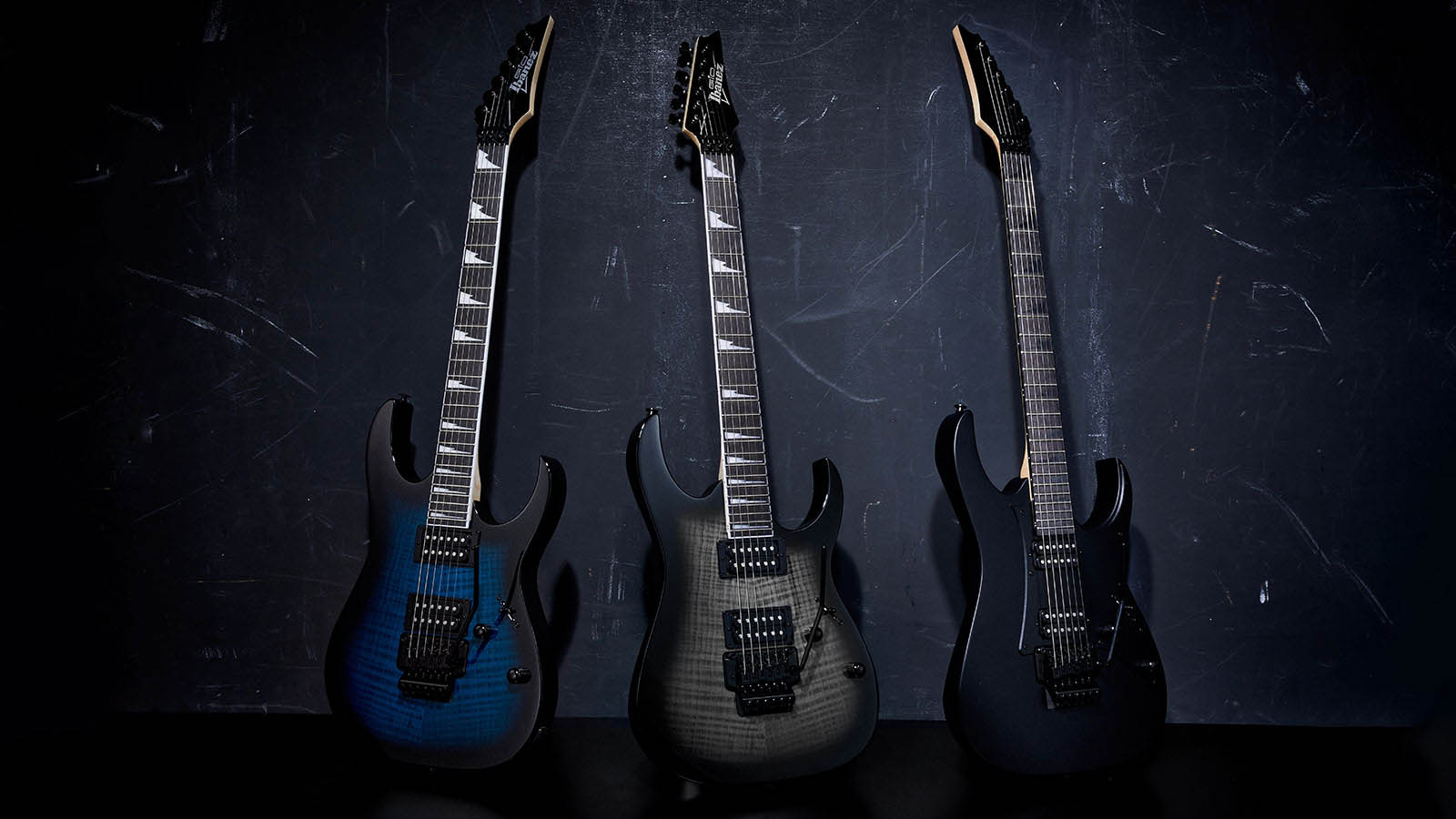
The RG remains in the catalog to this day at every price point, from the entry-level GIO series to the super high-end J-Custom models, dream machines such as the JCRG2201 with its figured Japanese Persimmon and black limba build – it has even reworked the RG body as an arch-top.
And nearly 30 years on, Ibanez promises no slowing of the evolution of RG’s evolution: “Ibanez is the brand that keeps evolving to match the needs from guitar players of each era. And when it comes to heavy rock, the definitive icon always has been RG.”
Jonathan Horsley has been writing about guitars since 2005, playing them since 1990, and regularly contributes to publications including Guitar World, MusicRadar and Total Guitar. He uses Jazz III nylon picks, 10s during the week, 9s at the weekend, and shamefully still struggles with rhythm figure one of Van Halen’s Panama.



